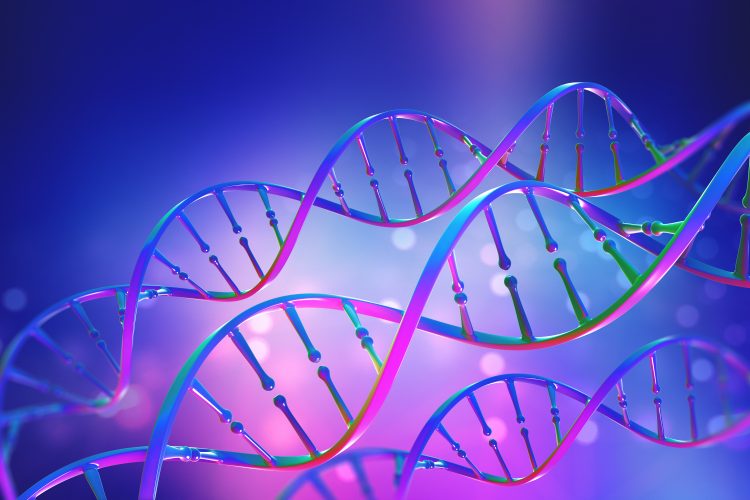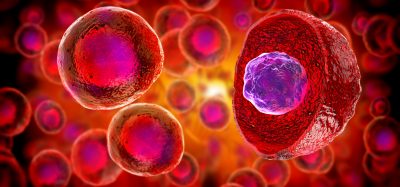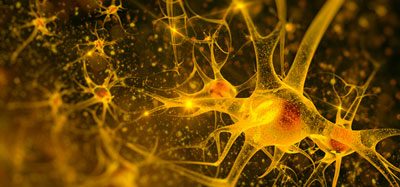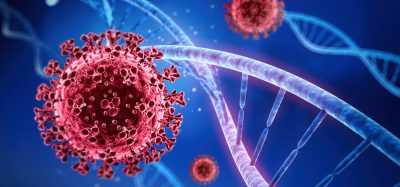Study concludes that most aspects of aging relate to gene length
Posted: 26 March 2024 | Drug Target Review | No comments yet
New findings about how long genes become less active with age could impact treatments for neurodegeneration, among other conditions.

A new paper, highlighting the shared results of four international research groups, has furthered existing knowledge about aging, and is the first to conclude that most aspects of biological aging relate to gene length.
Co-corresponding author Dr Thomas Stoeger, assistant professor of medicine in pulmonary and critical care at Northwestern University Feinberg School of Medicine and a member of the Potocsnak Longevity Institute, commented: “Long genes that become less active with age may be the central cause of aging in our bodies…Our finding advances the field by identifying a single phenomenon that connects most existing knowledge about aging and makes this underlying phenomenon measurable.”
The activity of long genes is decreased by activities known to accelerate aging, including smoking, alcohol, oxidative stress and UV-irradiation. On the other hand, activities known to decelerate aging, for example caloric restriction, increase the activity of long genes. Furthermore, genes that are very short or very long encode for cellular processes known to change in aging such as the formation of cellular energy, protein synthesis and transmission of neural signals.
“The regulation of genes is one of the most central processes of life, and our four studies explain why the activity of long genes in particular change in aging,” Dr Stoeger explained. “In addition to aging, we show that the same finding occurs in patients with Alzheimer’s disease, an age-associated disease…Because genes with neural function are unusually long, we hypothesise that the decreased activity of long genes cells fails to produce sufficient biomaterials to properly maintain neural function.”
The researchers report that the trigger of aging is a physical phenomenon related to the length of the genes and not to the genes involved or the function of those genes. The original findings were based on molecular data from humans, mice, rats, killifish, C. elegans, D. melanogaster, as well as experiments in mice.
There are more potential sites that could be damaged on long genes, and because the physiological roles of certain cell types rely upon genes that are longer than those of other cell types, some cell types are more likely to be affected by DNA damage that accumulates as they age. The strands of DNA that contain the genes break during aging, which prevents cells from reading the information and activating the information contained in the gene. When the gene is longer, it is more likely that at least one DNA damage site exists, which stops the gene’s activation.
It is known that neural cells, that are slow or can be non-dividing, rely on particularly long genes and thus have an increased susceptibility to the phenomenon. Many of the genes involved in brain loss during aging and associated with AD are very long. Notably, paediatric cancer patients, who are cured by DNA-damaging chemotherapy, later suffer from premature aging, including neurodegeneration.
This study was published in Trends in Genetics.
Related topics
DNA, Genetic Analysis, Neurosciences, Oncology
Related conditions
Alzheimer's disease (AD), Cancer, neurodegeneration
Related organisations
Northwestern University Feinberg School of Medicine, Potocsnak Longevity Institute







